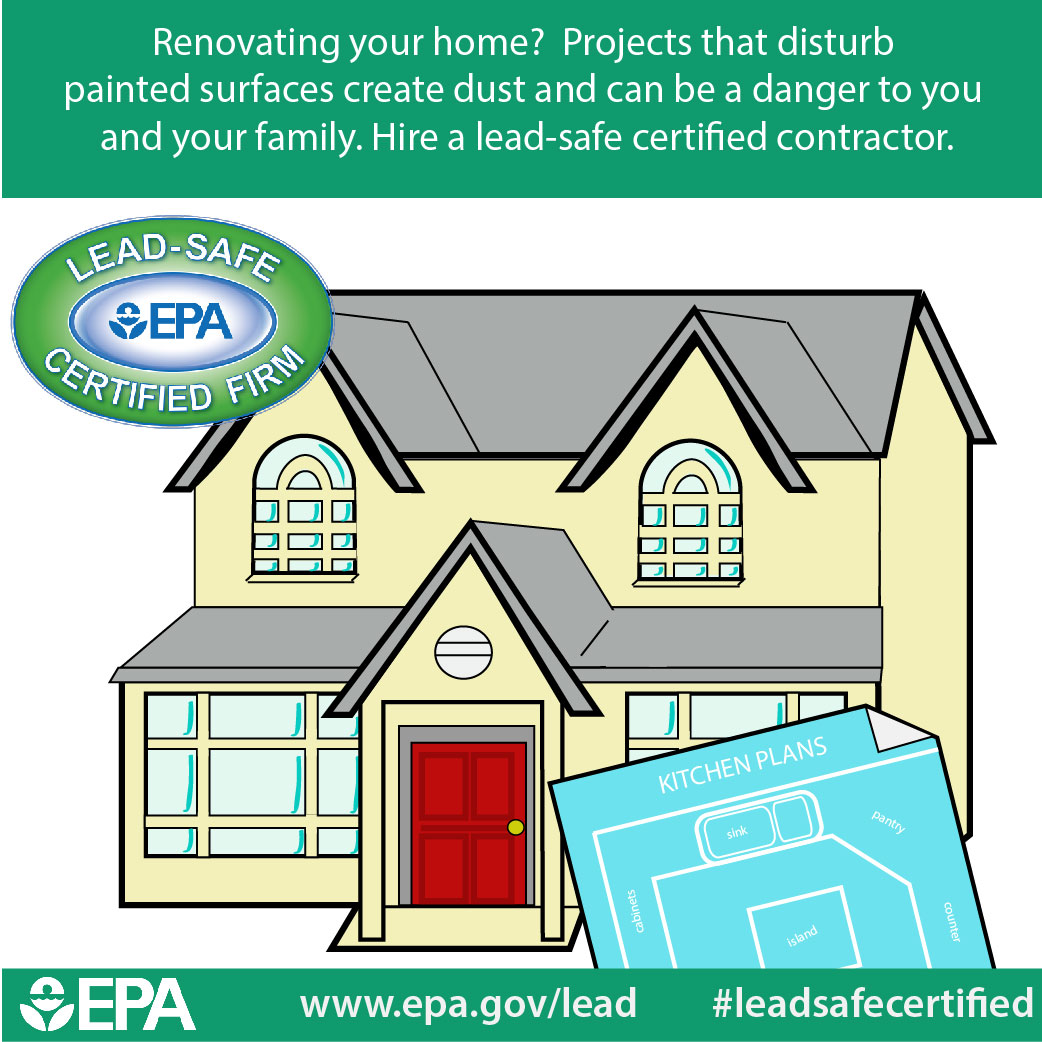Recognizing The Influence Of Weather Condition On Commercial Exterior Painting: Necessary Insights
Recognizing The Influence Of Weather Condition On Commercial Exterior Painting: Necessary Insights
Blog Article
Article By-Weiss Turan
When you're planning an industrial outside paint job, don't underestimate the effect of weather condition on your outcomes. You require to think about variables like temperature, humidity, and rainfall, as they can make or damage your paint work. As an example, did you know that perfect problems ask for particular temperature ranges and humidity degrees? Stopping working to keep read article of these aspects can bring about uneven surfaces and even damage to fresh paint. Understanding top painting companies is key to attaining a lasting, specialist end result. So, what certain weather should you be wary of?
Temperature Considerations
When it concerns industrial external painting, temperature level plays an essential function in the end result of your project. If you're painting in severe warmth, the paint can dry also promptly, causing concerns like poor bond and irregular surfaces. You intend to aim for temperature levels between 50 ° F and 85 ° F for the best results. Listed below 50 ° F, paint may not cure effectively, while over 85 ° F, you risk blistering and splitting.
Timing your job with the appropriate temperature levels is necessary. Beginning your job early in the morning or later in the afternoon when it's cooler, particularly during warm months.
Likewise, take into consideration the surface area temperature level; it can be considerably higher than the air temperature level, especially on bright days. Use a surface thermometer to check this before you start.
If temperatures are unpredictable, keep an eye on the weather forecast. Sudden temperature decreases or heat waves can derail your strategies. You do not intend to begin repainting only to have the problems change mid-project.
Moisture Degrees
Humidity levels substantially impact the success of your industrial exterior paint project. When the humidity is too high, it can hinder paint drying out and treating, bring about a variety of issues like bad bond and finish high quality.
If you're intending a work during damp problems, you might discover that the paint takes longer to dry, which can expand your project timeline and rise prices.
Alternatively, reduced humidity can likewise present challenges. Paint may dry out too swiftly, avoiding appropriate application and causing an uneven coating.
You'll intend to keep an eye on the humidity levels very closely to guarantee you're working within the suitable array, commonly in between 40% and 70%.
To obtain the most effective outcomes, take into consideration making use of a hygrometer to measure humidity before starting your task.
If you find the degrees are outside the optimal array, you may require to adjust your timetable or select paints created for variable problems.
Constantly seek advice from the manufacturer's standards for specific recommendations on humidity tolerance.
Rainfall Effect
Rain or snow can significantly disrupt your commercial outside painting plans. When precipitation occurs, it can remove fresh applied paint or develop an unequal surface. Ideally, you want to select days with dry climate to make sure the paint sticks effectively and treatments successfully. If you're caught in a shower, it's finest to halt the project and await conditions to improve.
In addition, snow can be much more damaging. Not only does it produce a damp surface area, yet it can likewise lower temperatures, making it hard for paint to completely dry. This can result in concerns like peeling off or blistering down the line.
It's essential to inspect the weather report prior to beginning your task. If rain or snow is anticipated, think about rescheduling.
Always keep in mind to allow ample drying out time between coats, specifically if the weather condition remains unpredictable.
Conclusion
Finally, watching on the weather is important for a successful business external painting job. By checking temperature level, humidity, and precipitation, you can guarantee the most effective conditions for application and curing. Remember to plan your work around positive weather condition and always follow maker standards. With the right approach, you'll accomplish a lasting, gorgeous surface that can endure the aspects. Don't let the weather capture you unsuspecting-- remain educated and paint smart!
